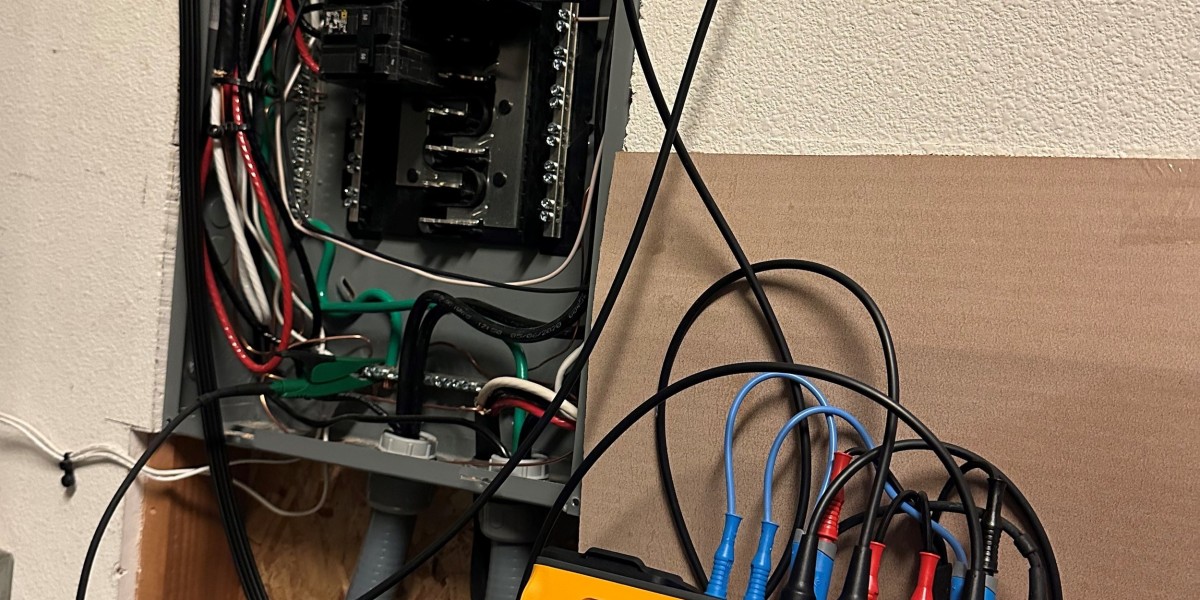The power quality equipment market is an essential sector within the power and energy industry, focusing on ensuring that electrical systems operate efficiently, reliably, and safely. Power quality issues such as voltage dips, harmonics, surges, and frequency fluctuations can cause disruptions in industrial and commercial operations, leading to system downtime and equipment damage. As such, a robust power quality equipment framework is essential for managing and mitigating these issues, ensuring a stable power supply, and protecting sensitive electronic equipment.
A well-structured power quality framework consists of various components that work together to monitor, maintain, and improve the overall quality of electrical power in systems. These components include voltage regulators, uninterruptible power supplies (UPS), surge protectors, power meters, harmonic filters, and energy storage devices. By integrating these technologies, power systems can be safeguarded against voltage instability, spikes, and other quality disturbances.
Core Components of Power Quality Equipment
Voltage Regulators: These devices maintain a stable output voltage level, regardless of fluctuations in the input. Voltage regulation is particularly important for sensitive equipment, such as data centers, which require stable voltage to avoid operational disruptions or damage to hardware.
Uninterruptible Power Supplies (UPS): UPS systems provide backup power in the event of a power failure, ensuring continuity of operations for critical systems. These systems are essential for industries like healthcare, IT, and manufacturing, where downtime can result in significant losses.
Surge Protectors: Surge protection devices shield electrical systems from power surges or spikes, which can occur due to lightning strikes, power grid failures, or switching operations. Surge protectors help prevent damage to expensive equipment by absorbing excess voltage.
Harmonics Filters: These devices mitigate harmonic distortion caused by non-linear loads, such as computers and other digital devices. Harmonics can reduce the efficiency of power systems and cause overheating in transformers and generators. Filters help improve the overall power quality by eliminating these distortions.
Power Meters and Energy Management Systems: Power meters provide real-time data on voltage, current, and power quality, while energy management systems optimize power usage. Together, these technologies help monitor the performance of the power system and identify potential issues before they cause significant disruptions.
Importance of a Comprehensive Framework
A comprehensive power quality equipment framework is critical for addressing the diverse challenges faced by modern electrical systems. By combining advanced technologies like smart meters, digital controllers, and IoT-enabled systems, businesses can better manage power quality and enhance energy efficiency. These technologies provide real-time insights into power quality issues, allowing for predictive maintenance and quick corrective actions. Additionally, the growing demand for sustainable and energy-efficient solutions has led to the development of eco-friendly power quality equipment that reduces energy waste and improves system performance.
Conclusion
The power quality equipment framework serves as the backbone of efficient, reliable, and secure electrical systems. With the rise of digital technologies, automation, and renewable energy sources, the need for robust power quality solutions has never been greater. Manufacturers that offer integrated, scalable, and adaptable power quality equipment will play a vital role in addressing the increasing demands for reliable power systems and ensuring that industries can operate smoothly without disruptions. The evolution of this market will continue to be shaped by technological advancements, regulatory changes, and the growing emphasis on sustainability and energy efficiency.


